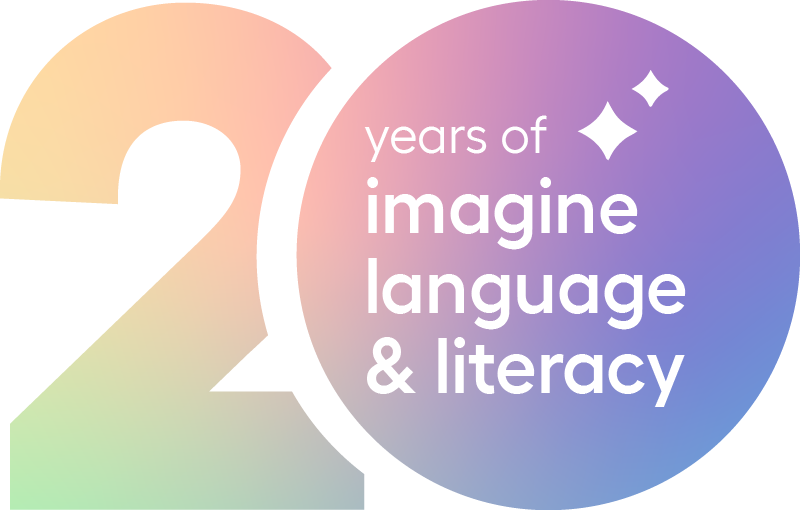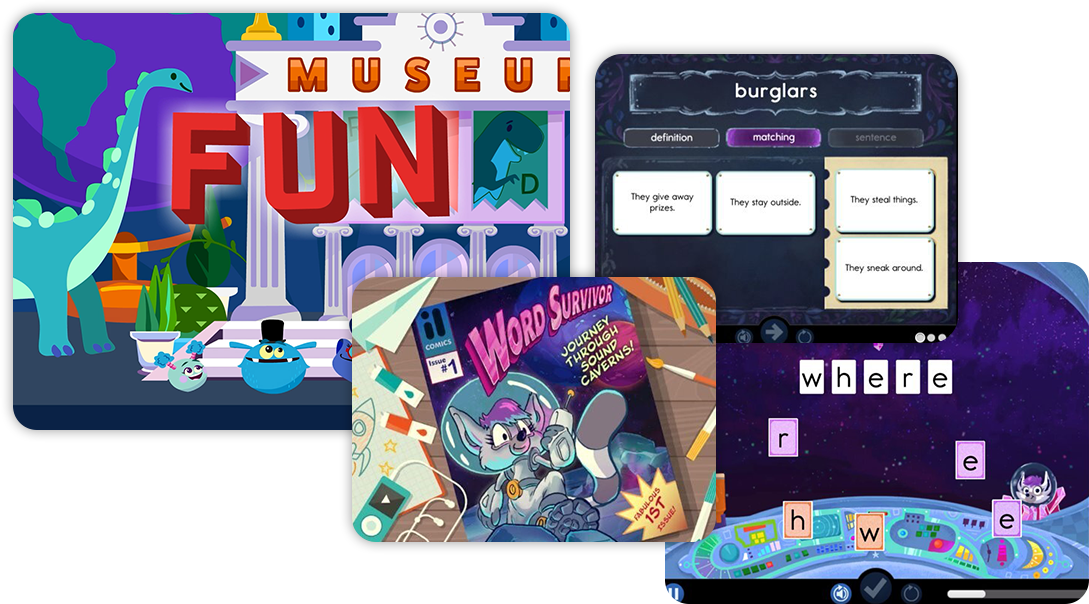April 15, 2024 10:32 am
Imagine Learning Unveils Traverse Explorer, Empowering Students and Educators with Free Digital Social Studies Lessons
Offering Provides Equitable Access to Verified Digital Content to Inspire Civic Engagement for Grades 6–12
Scottsdale, AZ – April 15, 2024 – Imagine Learning, the largest national provider of digital curriculum solutions serving over 15 million students and one million educators, today announced the launch of Traverse Explorer, which provides free access to relevant lessons from their highly-anticipated, breakthrough core social studies curriculum. Traverse Explorer serves timely and grade-appropriate digital content directly to teachers and is designed to inspire students to become engaged and informed citizens. This free resource addresses the critical need for easily accessible and verified digital social studies lessons for millions of educators and students across the U.S.
“To foster a thriving democracy, it’s imperative that we cultivate an environment in which everyone has the opportunity to both understand and actively participate in the systems that govern our society,” said Sari Factor, Vice Chair and Chief Strategy Officer of Imagine Learning. “For too long, the education system has de-emphasized the importance of social studies and civics for students, often citing a lack of resources and competing priorities. Traverse Explorer is designed to address this gap by offering educators equitable access to digital curriculum, fostering critical thinking and inquiry skills essential for every student to become an active and educated citizen.” At this week’s ASU+GSV summit in San Diego, California, the topic will be discussed during a panel moderated by Factor titled “Civic Engagement in an Uncivilized Climate.”
A previous study by MRD Education found that teachers spend an average of seven hours per week searching for instructional materials and another five hours creating their own. Social studies resources, in particular, are challenging to find, with a RAND American Teacher Panel Insights Report stating that “most teachers reported a need for better civics instructional resources.” Streamlining teachers’ workloads is crucial, especially as the teacher shortage crisis worsens due to political polarization in education.
Designed to empower educators and inspire civic engagement in 6–12 grade students, Traverse Explorer:
- Is supported by Imagine Learning’s standards-backed, inquiry-based curriculum, Traverse, and aligns with the College, Career, and Civic Life (C3) Framework.
- Consists of lessons that contain multimedia materials, reliable sources, and collaborative learning activities designed to provoke thoughtful analysis and student engagement.
- Engages students with compelling topics linking social studies to current events and practical knowledge, such as voting procedures and financial literacy.
- Lessons will be derived from the five Traverse curriculum categories: U.S. History, World History, Government, Geography, and Economics.
- Lessons will be timed to coincide with significant periods such as Black History Month, Women’s History Month, and election season.
“When crafting the Traverse curriculum, we recognized the transformative potential of digital, inquiry-based content grounded in current events, coupled with the ability to quickly update the resources as new developments unfold. Traverse Explorer represents a significant opportunity to disseminate this wealth of knowledge to as many students as possible, revolutionizing social studies across the nation,” said Dr. Kathy Swan, Ph.D., Professor of Social Studies at the University of Kentucky and curriculum author of Traverse.
Traverse Explorer will launch in June 2024 with five inaugural free lessons about Federalism and the U.S. Highway System (U.S. History), Commerce in Asia (World History), Using Cash versus Credit (Economics), First Time Voting (U.S. Government), and the Effects of El Niño (World Geography). New lessons will be made available monthly. For more information regarding Traverse Explorer and to sign up to be notified as soon as it is available, visit https://www.imaginelearning.com/traverse-explorer/.
About Imagine Learning
Every classroom, every student is bursting with potential. That’s why we pursue relentless innovation at the intersection of technology, people, and curricula. Imagine Learning creates K–12 digital-first solutions fueled by insights from educators, working alongside educators to support 15 million students in over half of the districts nationwide. Our core portfolio includes Imagine IM, Imagine Learning EL Education, Twig® Science, and Traverse®. Our robust supplemental and intervention suite equips learners with personalized instruction for English and Spanish literacy, math, coding, and more. Imagine Edgenuity® is our flagship courseware solution, complemented by Imagine School Services’ Certified Teachers. Imagine Learning. Empower potential. Learn more: www.imaginelearning.com
Media Contact:
Katie Russo, ThroughCo Communications
501-282-5069






